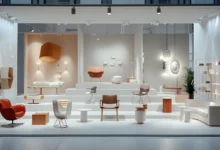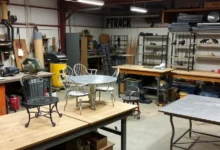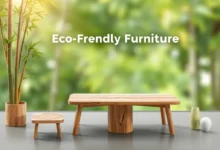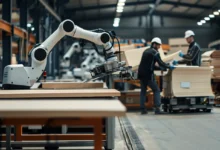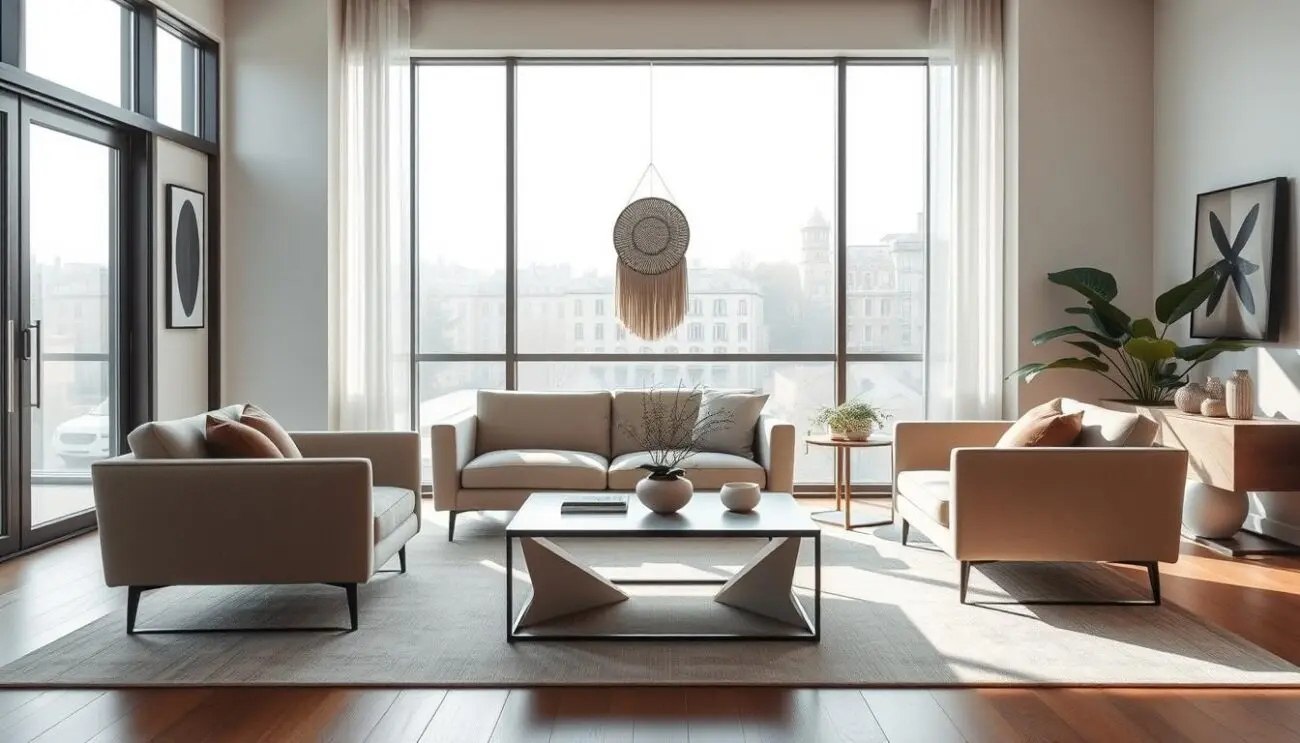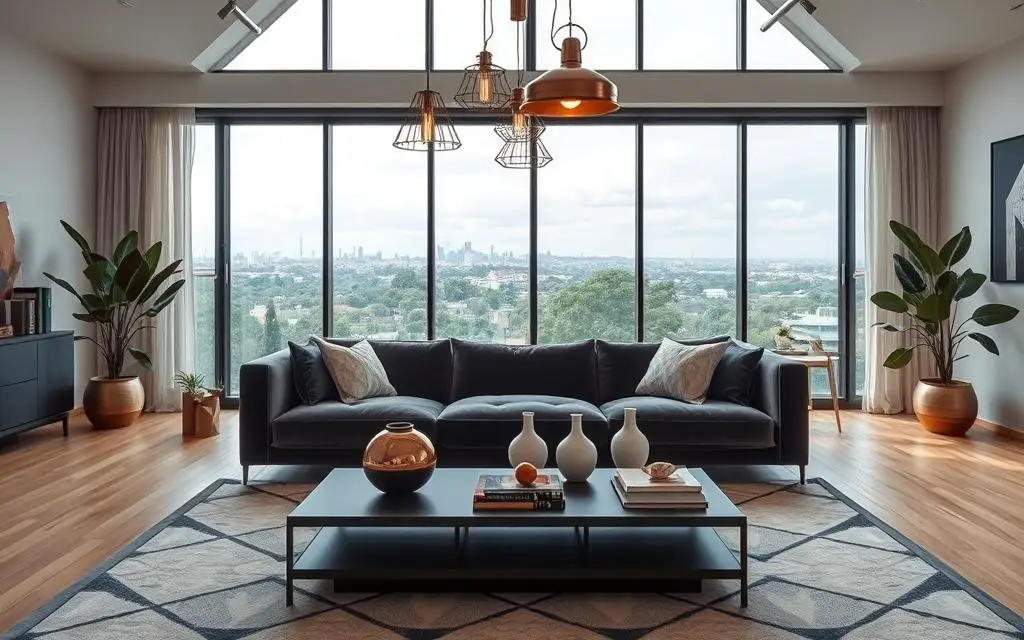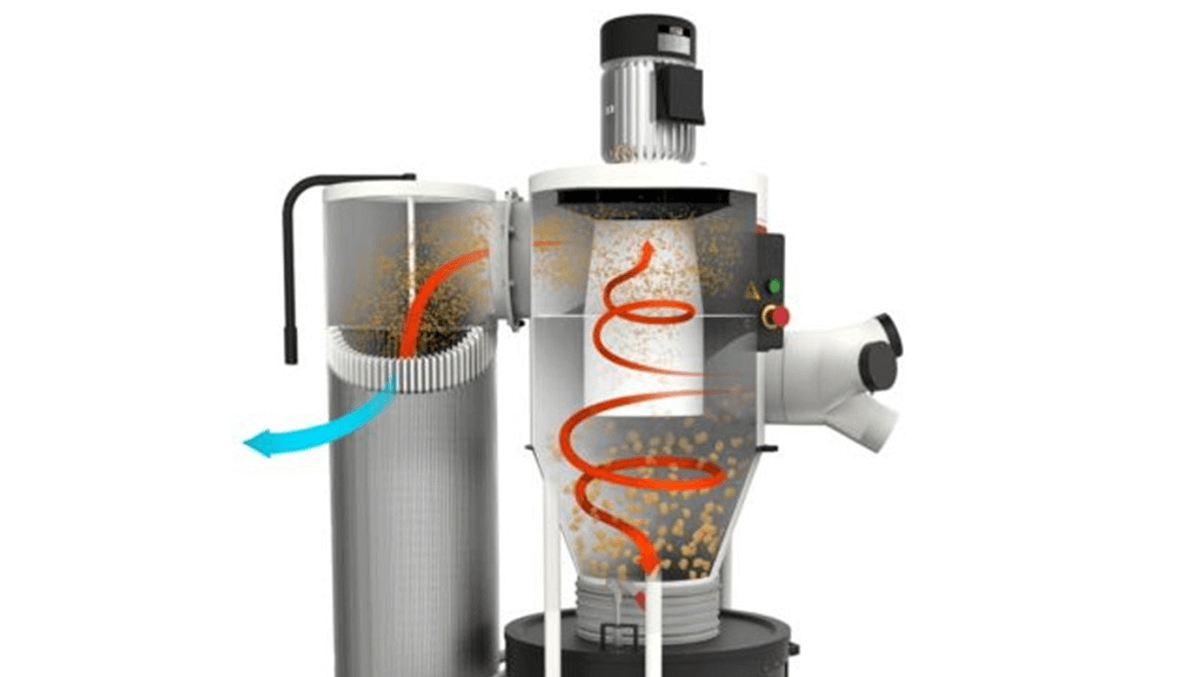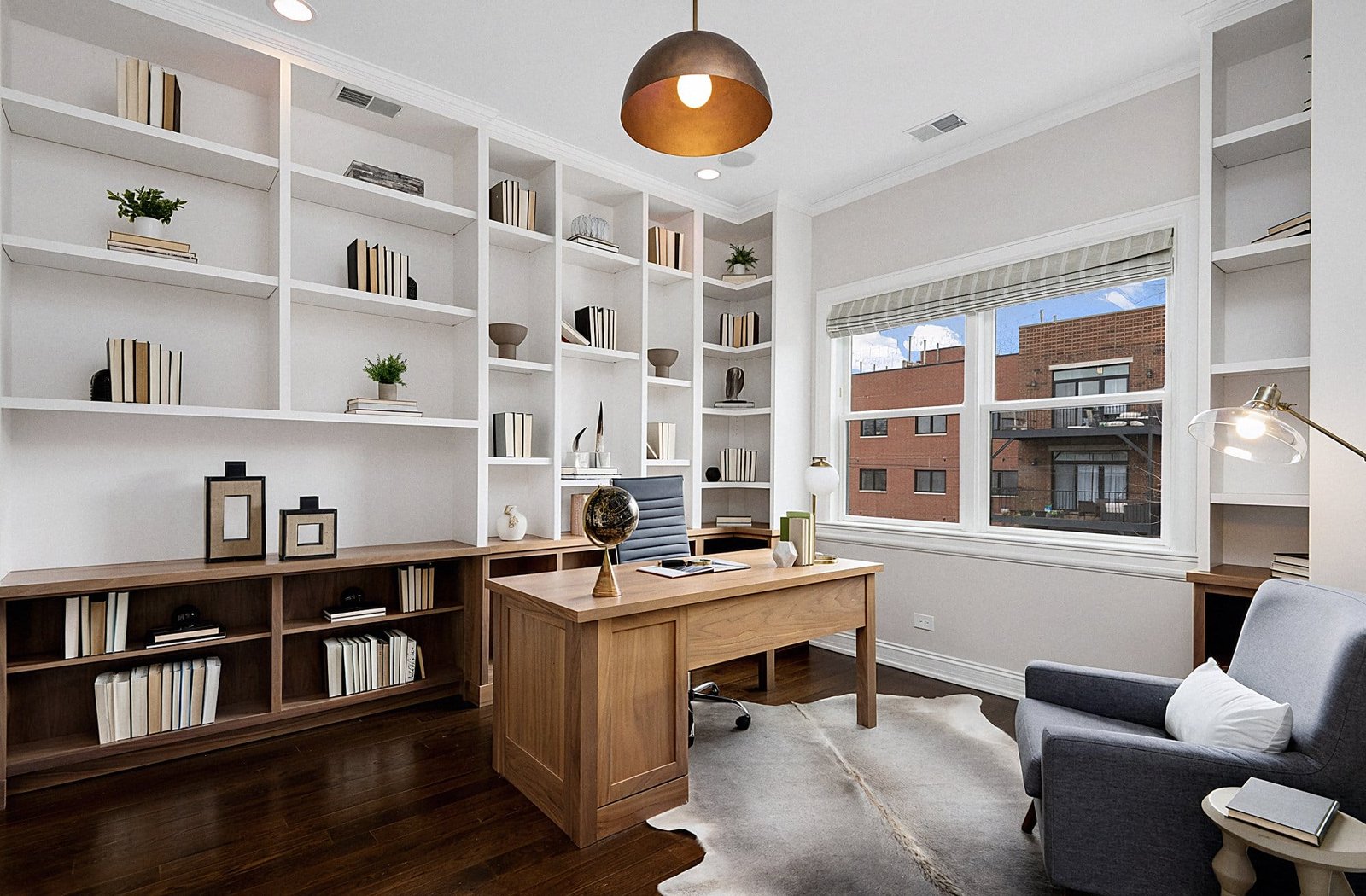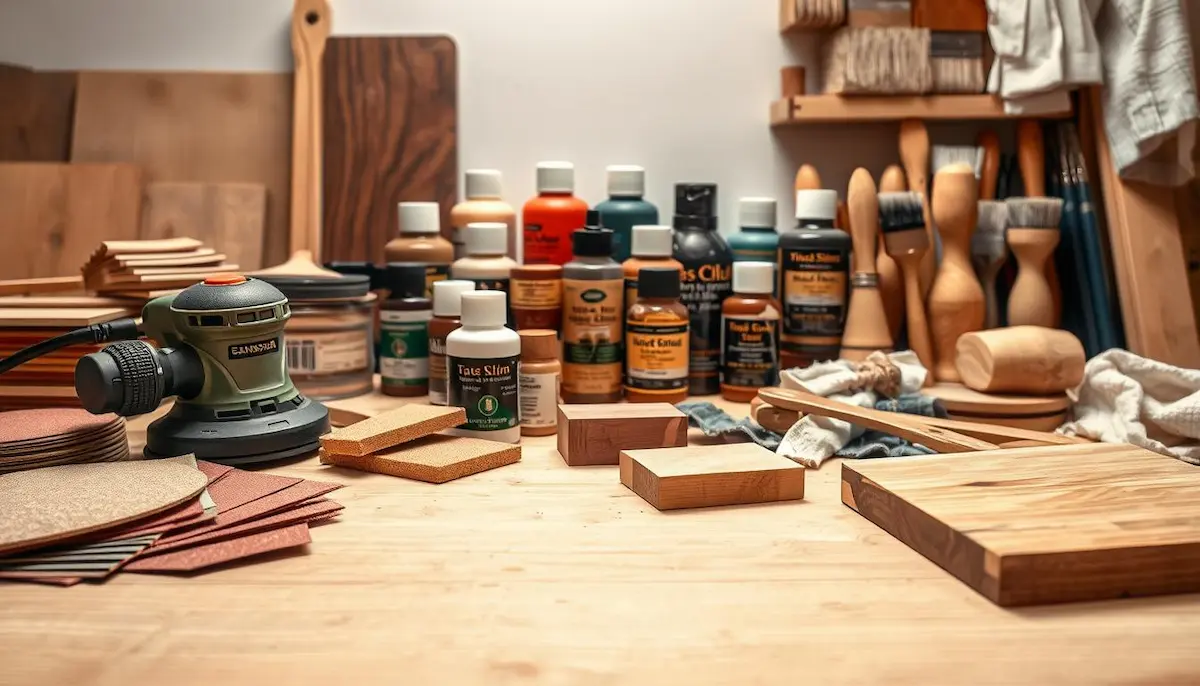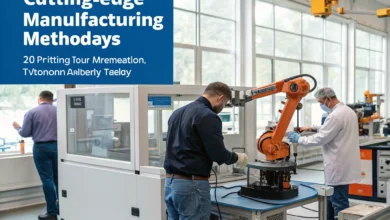Kitchen revolutions – the latest hits in the world of furniture
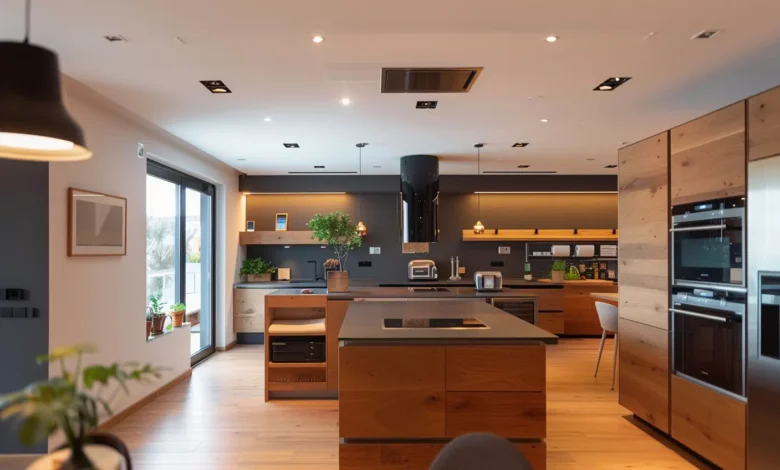
Modern Trends in Kitchen Furniture Production
The Kitchen has always been the heart of every home. It’s where we spend time with family, prepare meals, and celebrate important moments. However, with technological progress and changing aesthetic preferences, the look and functionality of Kitchen revolutions have been undergoing dynamic transformations. Modern kitchens are not just places for cooking—they have become spaces that combine advanced technology, eco-friendly approaches, and top-level aesthetics.
In recent years, we have been witnessing a revolution in the design and production of kitchen furniture. The introduction of new, technologically advanced materials and innovative solutions has made kitchens more functional, ergonomic, and stylish. From smart appliances, through eco-friendly materials, to minimalist and personalized designs—each of these elements shapes today’s kitchens.
This article explores the latest trends in kitchen furniture production. We’ll discover which materials and finishes are currently in demand, what smart solutions are gaining popularity, and why minimalism and personalization are winning the hearts of users. We’ll also look at how sustainability is influencing kitchen furniture production and the benefits of eco-friendly interior design.
Trends in Materials and Finishes
Materials and finishes play a key role in modern kitchens. Choosing the right raw materials affects not only the aesthetics but also the durability and functionality of kitchen furniture. Below are the latest trends to consider when designing a kitchen.
Eco-Friendly Materials
Ecology plays an increasingly important role in our lives, and consumer environmental awareness grows year after year. As a result, kitchen furniture manufacturers are more frequently turning to renewable and sustainable materials. Bamboo is leading the way—one of the fastest-growing plants in the world. It not only looks great but is also strong and moisture-resistant, making it ideal for countertops and cabinet fronts.
Another popular eco-friendly material is reclaimed wood. Using old, restored boards not only gives kitchens a unique character but also helps protect the environment. Composite materials are also worth mentioning, as they combine the strengths of different raw materials, such as wood fibers and resins, to create durable and ecological solutions.
Modern Composites
Modern composites are gaining popularity in kitchen design. They combine durability, resistance to damage, and aesthetic appeal. Corian is one of the most widely used composites—durable, easy to clean, and available in a wide color palette to suit any kitchen style.
Another example is Dekton, known for its exceptional resistance to high temperatures, scratches, and stains. Perfect for countertops exposed to intensive use, Dekton is a great solution for people seeking long-lasting, modern materials.
Luxury Natural Stones
Natural stones such as granite, marble, and quartzite have long been favorites in kitchen design. Granite is hard and damage-resistant, making it ideal for countertops. Marble impresses with its unique patterns and colors, though its porous surface requires extra care and sealing.
Quartzite combines the best qualities of granite and marble—it is durable, resistant to acids and high temperatures, and suits both modern and classic kitchens. While natural stones require more maintenance, they add a sense of elegance and exclusivity.
Stainless Steel and Concrete
Stainless steel and concrete are materials gaining recognition in modern kitchens. Stainless steel is durable, corrosion-resistant, and hygienic, which is why it is widely used in professional kitchens and is now increasingly popular in homes. Sinks, countertops, and range hoods made of stainless steel give interiors a modern, industrial touch.
Concrete, on the other hand, has become extremely popular in recent years. Strong, heat-resistant, and versatile in shape, it allows for creative and unique solutions. Concrete pairs beautifully with wood or steel, creating stylish and harmonious spaces.
Innovative Finishes
Beyond materials, finishes are equally important. Matte surfaces are trending, offering an elegant, modern look and being less prone to fingerprints. Antibacterial coatings are also gaining popularity, improving hygiene in the kitchen by eliminating bacteria and microbes. Nanotechnology-based finishes not only enhance functionality but also improve safety and cleanliness.
Smart Kitchen Solutions
In the era of smart homes, kitchens are becoming increasingly technologically advanced. Smart devices and management systems make everyday tasks easier while enhancing comfort and efficiency.
Smart Refrigerators – with touchscreens, cameras, and internet connectivity, they allow you to check contents remotely, track expiration dates, suggest recipes, and even order groceries online.
Smart Ovens and Cooktops – offer voice control, remote access via mobile apps, and automated cooking programs. Some include cameras to monitor the baking process live.
Smart Dishwashers – equipped with sensors that adjust wash cycles based on dish dirtiness, saving water and energy. Some models can reorder detergents automatically.
Smart Lighting – adjustable brightness and color, voice-controlled, and often integrated with motion sensors for convenience and energy efficiency.
Smart Ventilation – cooker hoods with air quality sensors that adjust ventilation power automatically, ensuring clean and fresh air.
Personalization of Kitchen Spaces
Personalization is one of the biggest trends in modern interior design. It ensures that kitchens meet both functional needs and reflect the lifestyle of homeowners.
Custom Furniture – tailored to fit available space, with freedom to choose dimensions, materials, and finishes.
Flexible Layouts – open-plan kitchens connected with living areas or designs with central islands that serve multiple purposes.
Personalized Accessories – custom handles, shelves, storage solutions, and decorative elements.
Colors and Lighting – bold tones like green, navy, or burgundy are gaining popularity, while smart lighting creates personalized moods.
Modular Systems – allow flexible rearrangement as needs evolve.
Sustainable Development in Kitchen Furniture Production
Sustainability is a growing priority in kitchen furniture manufacturing.
Eco-Friendly Materials – certified wood (FSC), bamboo, recycled plastic, metal, and glass.
Energy-Efficient Technologies – precise cutting and waste reduction, renewable energy in production facilities.
Eco Labels and Certifications – such as FSC, PEFC, EU Ecolabel, ISO 14001.
Sustainable Packaging – recyclable or biodegradable materials, reduced plastic use.
Local Sourcing – using regional materials to reduce carbon footprint.
Recycling and Upcycling – repurposing waste and old materials into valuable new products.
Conclusion
Sustainability, personalization, smart technologies, and eco-friendly materials are shaping modern kitchens. Current trends in kitchen furniture production reflect the growing demand for solutions that combine aesthetics, functionality, and environmental responsibility.

